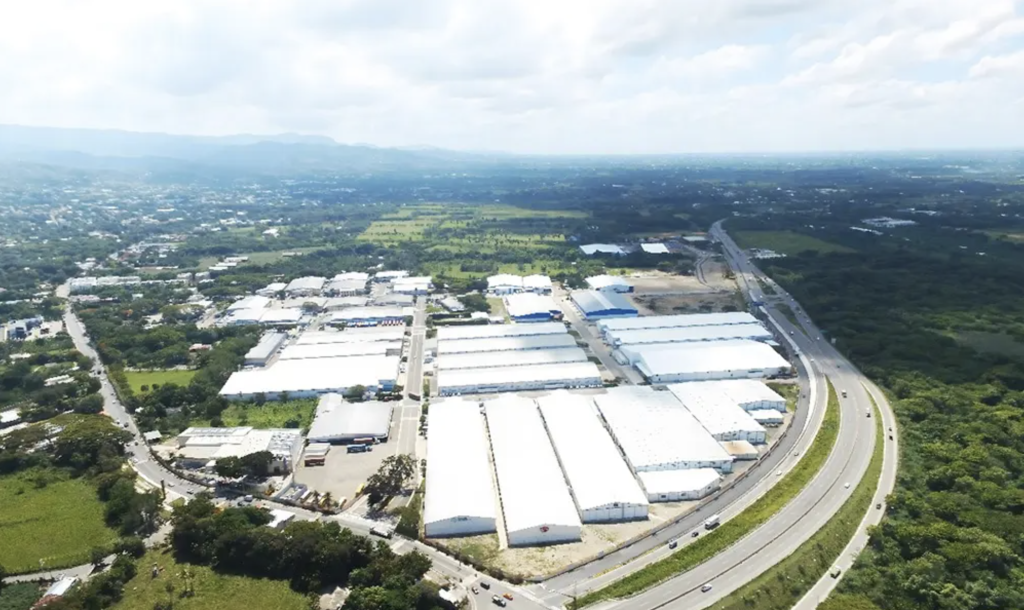
Those activities that generate hard currencies for the Dominican Republic are doing very well, thank you. Tourism is looking at a possible 11 million visitors, free zone exports are going very well, remittances are steady, and direct foreign investments are flowing into projects in the country.
For example, remittances are up over 6%, nearing US$3.5 billion in the first trimester. Free Zone exports were up nearly 6% (5.9% really), and in the first half of the year, they reached US$4.2 billion. ECLAC says that the direct foreign investment (DFI) could well reach US$4.5 billion this year.
In the area of tourism (hotels, bars and restaurants), the growth was reported to be 8.7%, with expectations tourist visitations will set a new record of more than 11 million in 2024. Hard currency reserves are at US$15.2 billion or 12% of GDP, well within the forecasts of the International Monetary Fund.
While throughout most of Latin America the numbers from The Economic Commission for Latin America and the Caribbean (ECLAC) point to a 9.9% decrease overall, with the Dominican Republic in contrast increasing 7% in this area.
Not withstanding, inflows to Central America and the Caribbean increased compared with 2022 (12% and 28%, respectively). This was the case in almost all the countries of Central America, in particular Costa Rica (28% and Honduras (33%), while in the Caribbean it was largely attributable to rising inflows to Guyana (64%) and the Dominican Republic (7%).
While services are leading sector in the region in terms of FDI inflows in 2023, manufacturing investments grew for the second year in a row, increasing by 9% over the 2022 figure, including in Colombia (105%), Honduras (386%), Mexico (29%) and the Dominican Republic (13%); in Brazil, in contrast, investments in the sector fell. In the natural resources sector, FDI inflows rose by 16% relative to 2022. The manufacturing increase could be a reflection of multinational companies’ interest in setting up manufacturing capacity in countries that are close to the United States (nearshoring) but that offer lower labor costs and, possibly, lower risks of barriers associated with geopolitical rivalries (friendshoring).
The Caribbean recorded an increase of 27.6% in 2023 over the previous year, mainly due to higher inflows into Guyana and the Dominican Republic. In the case of Guyana, FDI inflows increased strongly (63.8%) to US$ 7.198 billion in 2023. This increase can largely be attributed to growing activity in the oil sector, since the country has emerged as one of the new oil producers in the region, attracting considerable FDI inflows in recent years. In the Dominican Republic, meanwhile, FDI inflows increased by 7.1% in 2023 to US$4.39 billion. Dominican businesspeople have announced collaborations with Guyana.
In Latin America and the Caribbean, manufacturing investments grew for the second year in a row, increasing by 9% over 2022, after three consecutive years of decline. However, the level of inflows into the sector in the region is still below the average of the last decade. The Dominican Republic, where there was an increase of 13%, was above the average of the last 10 years.
ECLAC recommends studying the lessons learned from the different strategies of select countries around the world and on how they could be applicable to the country’s FDI investment and development policies. These include: Poland’s special economic zones, Malaysia’s New Industrial Master Plan 2030, the actions of the Investment Office of Türkiye, and the use of FDI for social and productive development in South Africa.
Read more:
ECLAC
ECLAC
El Caribe
5 August 2024

